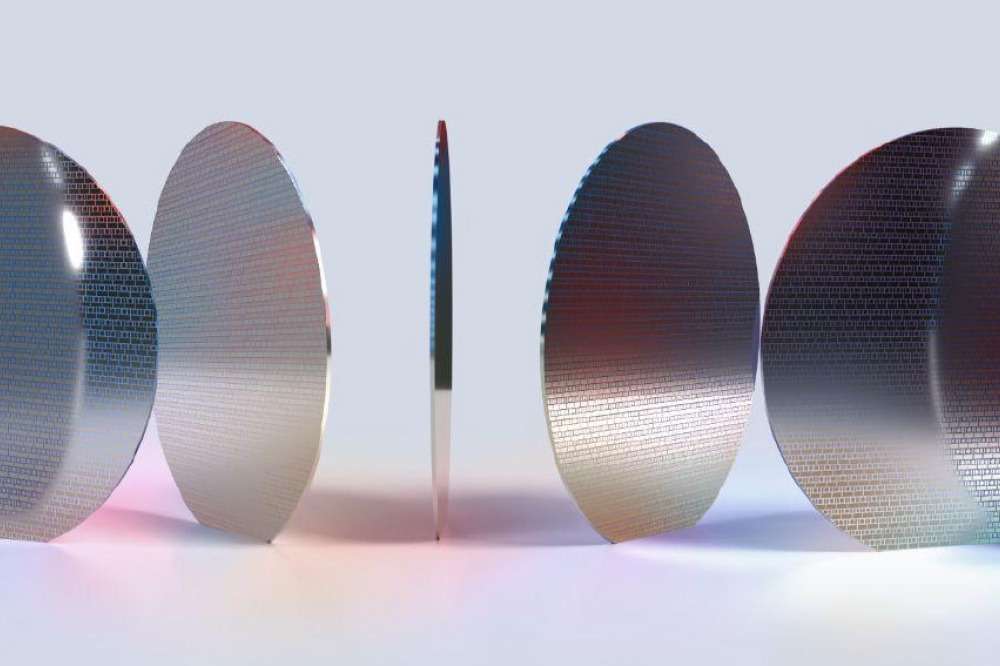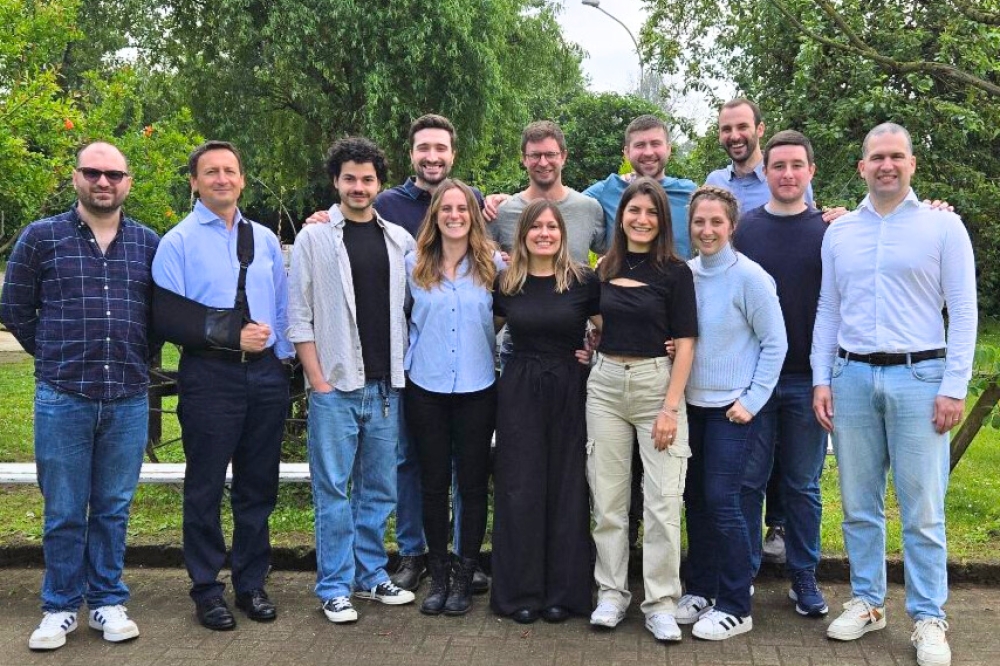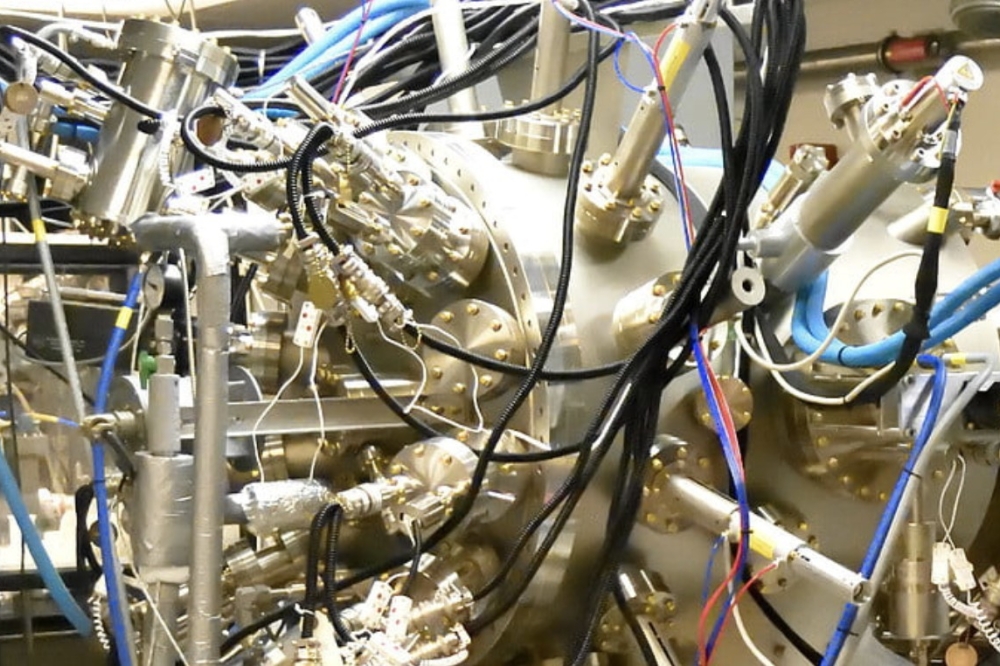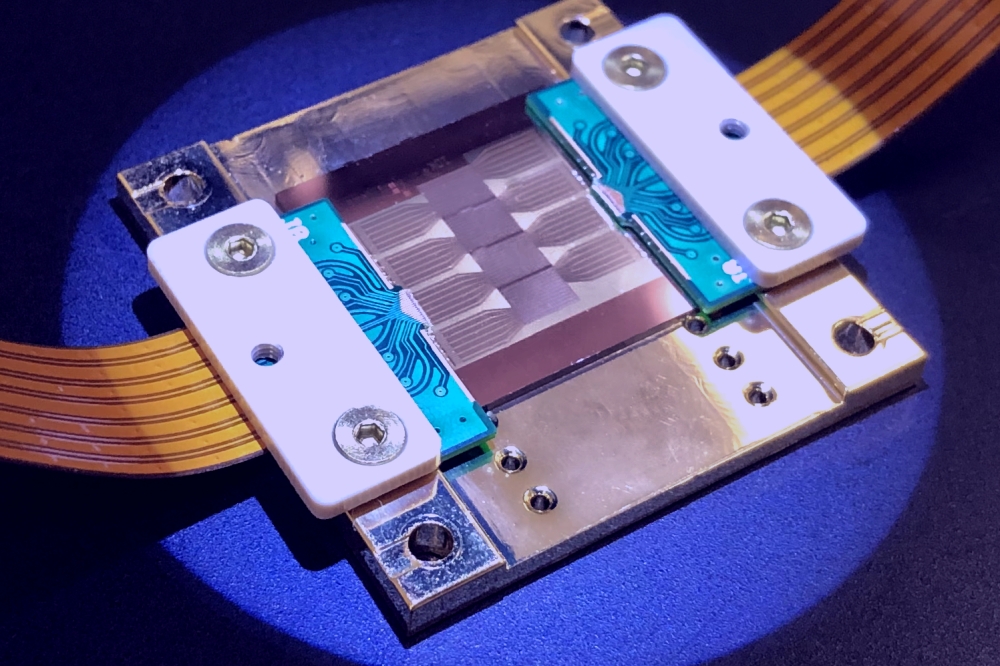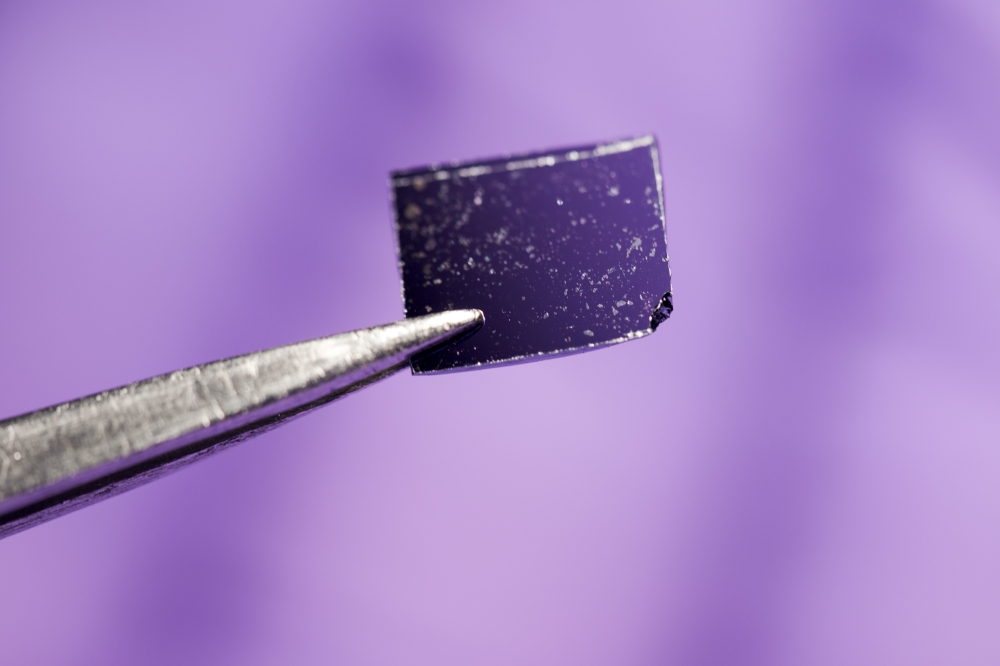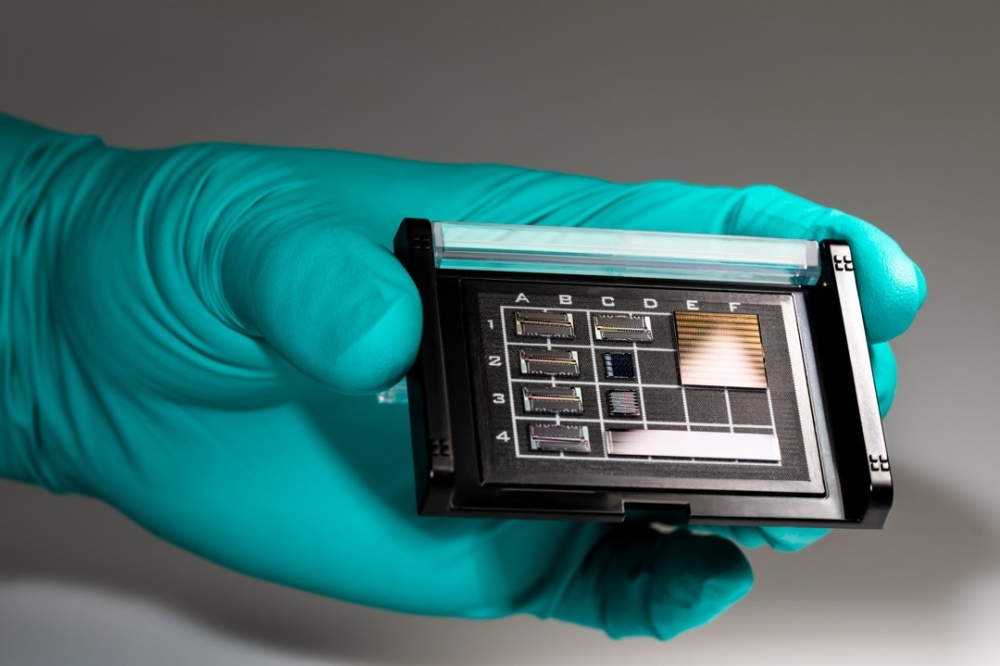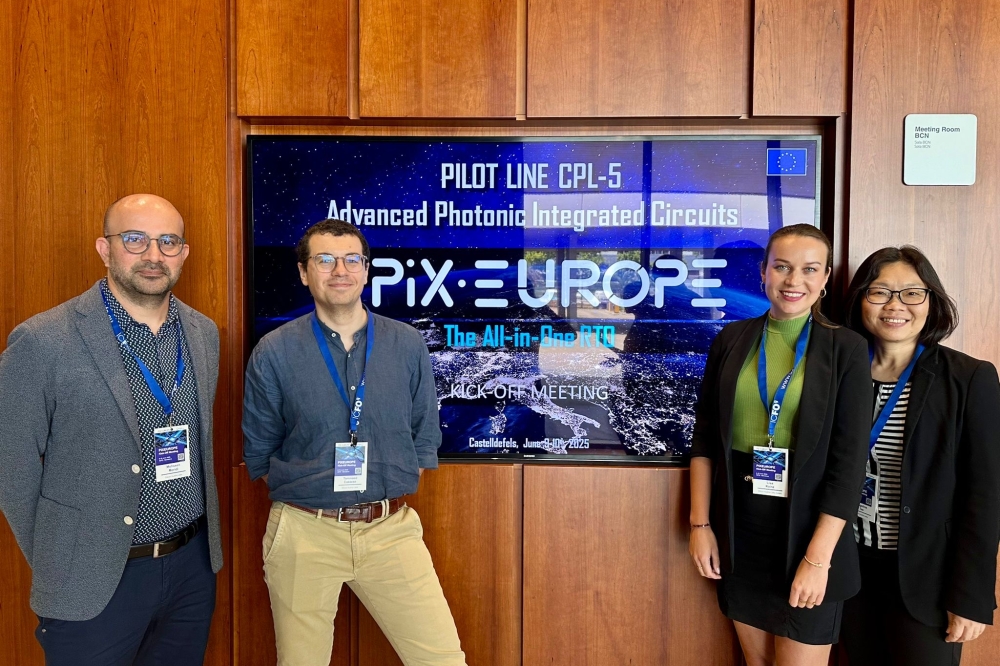Quantum dot lasers efficiently integrated on silicon chiplets

Researchers have demonstrated a novel technique for the monolithic integration of indium arsenide quantum dot lasers on silicon photonics chiplets, potentially paving the way for scalable, cost-effective integration of on-chip light sources
Researchers have published a new study reporting the successful monolithic integration of indium arsenide quantum dot (QD) lasers on silicon photonics chiplets. The development could offer a path to scalable, cost-effective monolithic integration of on-chip light sources, which could be used in a range of PIC devices.
III-V semiconductor lasers can be monolithically integrated with photonic chips by directly growing a crystalline layer of laser material on the silicon substrate. However, photonic chips with such an integrated laser source are challenging to manufacture due to mismatches between structures or properties of III-V semiconductor materials and silicon.
The authors of the new study achieved monolithic integration by combining three key concepts: the pocket laser strategy for monolithic integration, a two-step material growth scheme that includes both metalorganic chemical vapor deposition and MBE for a smaller initial gap size, and a polymer gap-fill approach to minimise optical beam divergence in the gap.
On testing, the researchers reported that the chiplets with monolithically integrated QD lasers demonstrated sufficiently low coupling loss, and therefore operated efficiently on a single O-band wavelength within chiplets. The O-band wavelength is desirable as it allows for transmission of signals within photonic devices with low dispersion. According to the scientists, lasing in the single frequency is achieved using ring resonators made from silicon or distributed Bragg reflectors made from silicon nitride.
“Our integrated QD lasers demonstrated a high temperature lasing up to 105 degrees C and a life span of 6.2 years while operating at a temperature of 35 degrees C,” said lead author Rosalyn Koscica from the University of California Santa Barbara.








